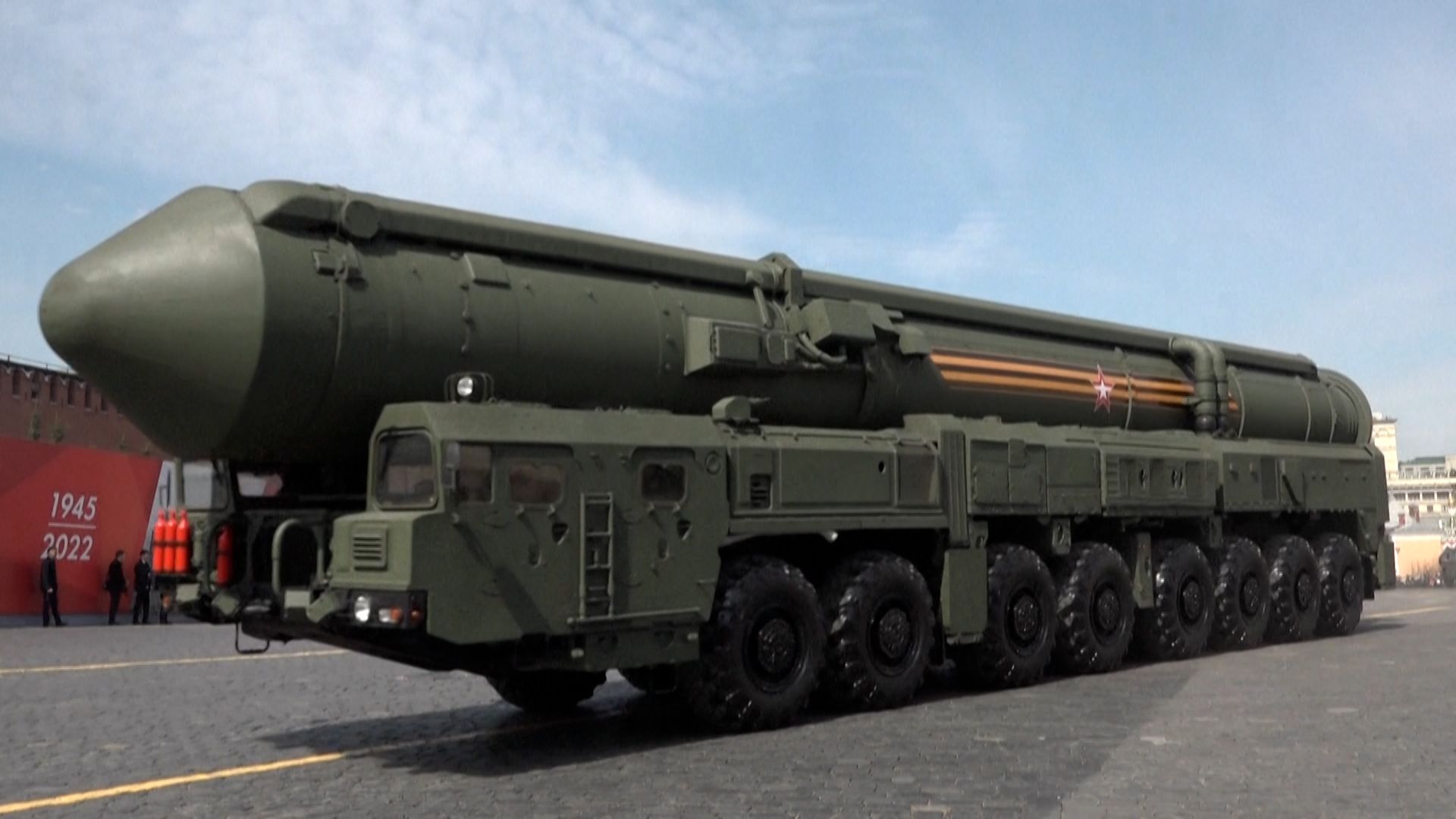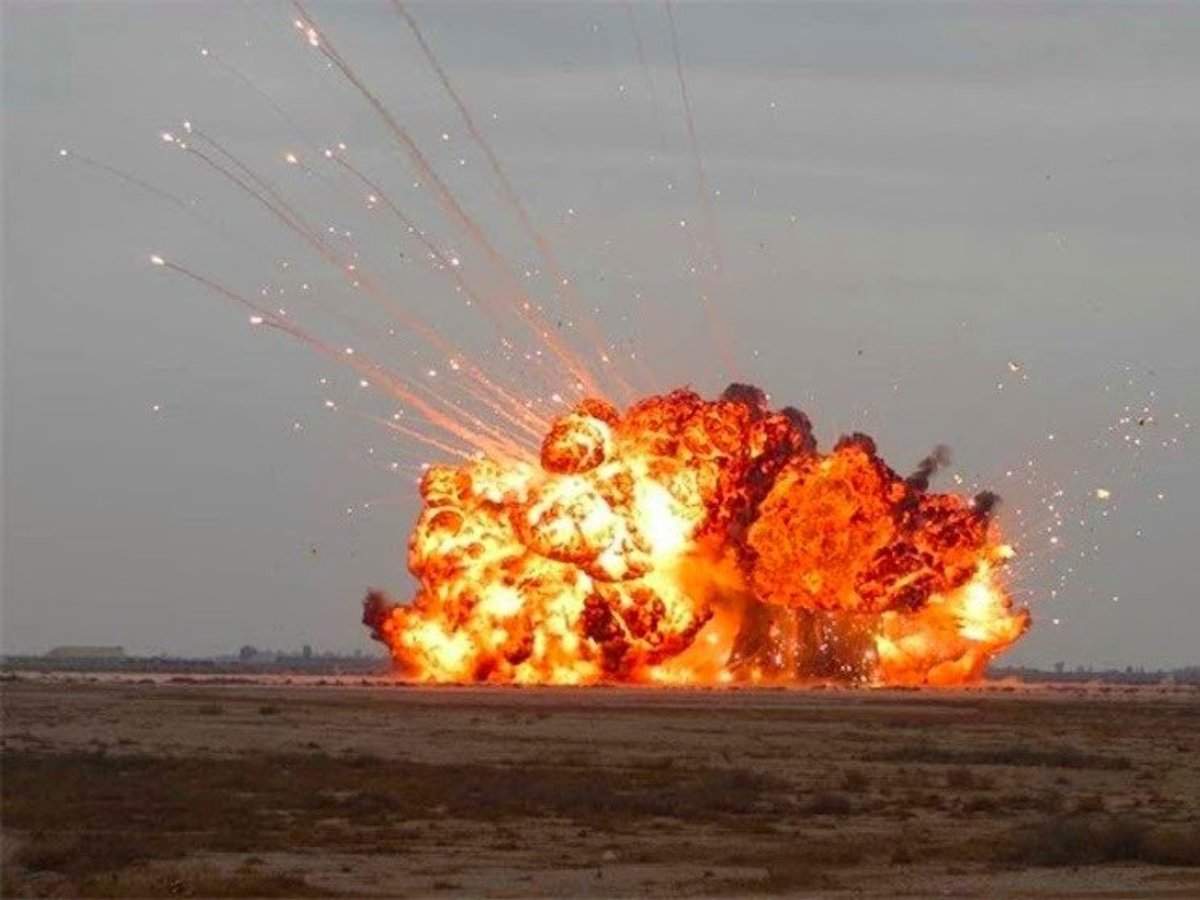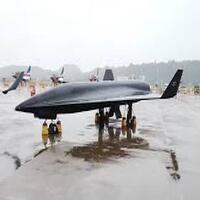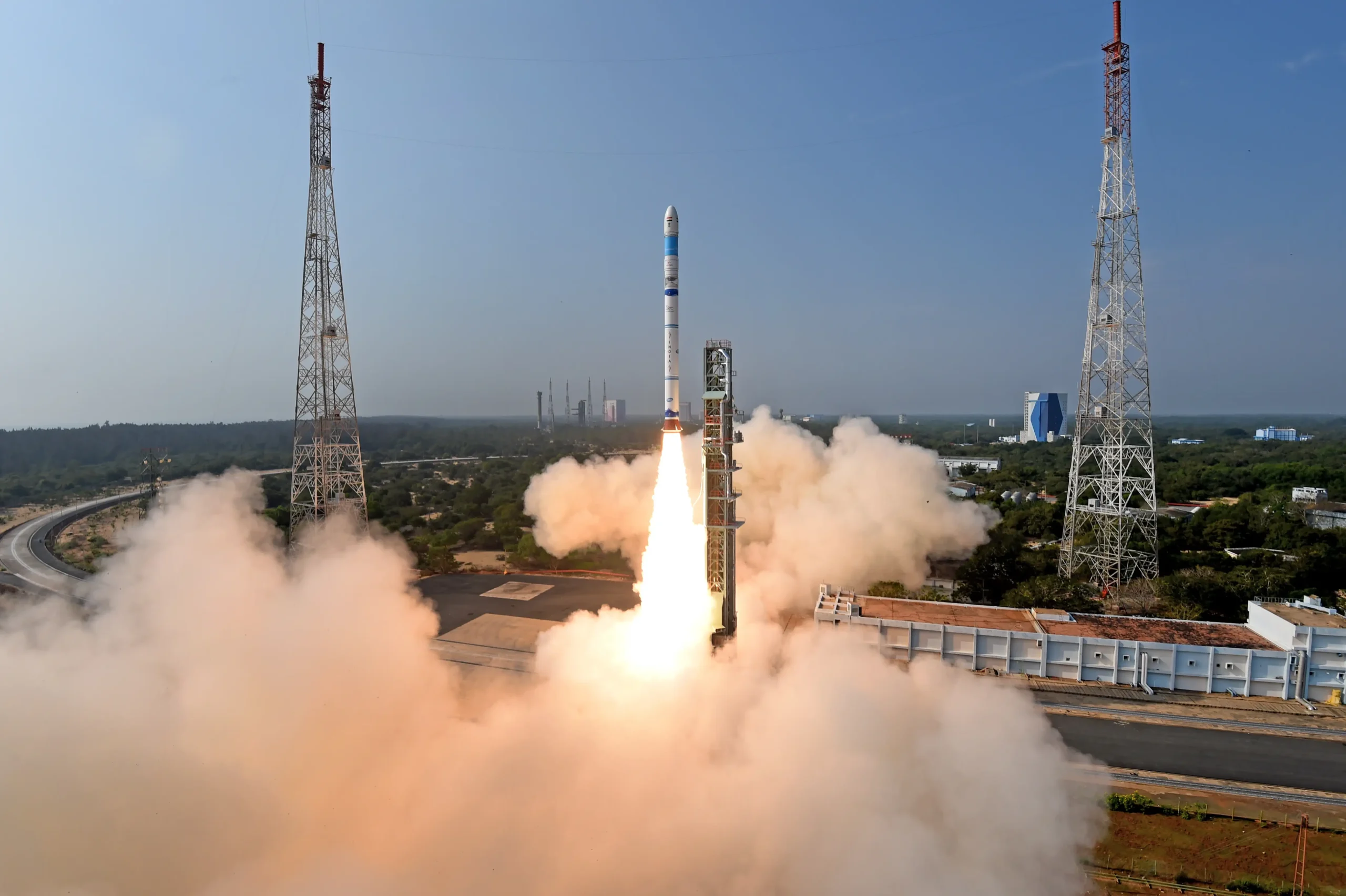
SEBEX 2 in India: A Significant Development in Non-Nuclear Bomb Technology

With the successful test of SEBEX 2, India’s most potent non-nuclear bomb, the country has advanced its military capabilities significantly. This accomplishment demonstrates India’s resolve to uphold non-nuclear values while bolstering its defense capabilities. The self-developed SEBEX 2 is a testament to India’s technological capabilities and strategic vision in contemporary warfare.
The Indian Navy has created and certified a new explosive that has a lethality 2.01 times larger than normal TNT (Trinitrotoluene), which is a huge achievement for the army.
This high-performance explosive is currently one of the most potent non-nuclear explosives available worldwide, having been developed by Solar Industries. According to the study, the recently developed explosive, which has completed rigorous testing and Navy certification, has the ability to greatly increase the destructive force of bombs, artillery shells, and warheads without adding additional weight.
The explosive demonstrated significant potential for export, given the global military’s pursuit of enhancing the lethality of their current weaponry.
SEBEX 2’s Development
Origins and Goals
The Defence Research and Development Organisation (DRDO) launched the SEBEX 2 programme as part of India’s larger plan to improve its conventional military capabilities. The goal of the project was to develop a high-impact explosive device that could produce a large amount of destructive power without having the same negative effects on the environment and geopolitics as nuclear weapons.
Innovations in Technology
Modern materials science, delivery, and explosives technologies are all incorporated into SEBEX 2. The bomb’s thermobaric explosive composition rapidly burns fuel mixed with air to produce a high-temperature explosion. This produces a strong blast wave and extreme heat that can seriously harm hostile soldiers and reinforced buildings.
Validation and Testing
Preparing for the Pretest
The bomb’s performance and design were confirmed in-depth through laboratory trials and comprehensive simulations before to the real test. The explosive yield, explosion radius, and temperature impacts were all predicted by DRDO experts using sophisticated computational models. By refining the bomb’s composition and explosion mechanism, these simulations helped ensure optimum efficacy.
The Test Event
The SEBEX 2 test was conducted in a secret, secure site in India. Officials from the military and defense department carefully prepared and carried out the test while following stringent safety procedures. The bomb was dropped from an aircraft that had been altered, guaranteeing precise delivery to the intended target location. High-speed cameras and other monitoring equipment witnessed and recorded the enormous explosion that resulted from SEBEX 2’s explosive detonation, showcasing its incredible power.
Strategic Repercussions
Increasing the Capabilities of Conventional Warfare
The successful SEBEX 2 test greatly improves India’s capacity for conventional warfare. Given its capacity to produce significant devastation without resorting to nuclear weapons, SEBEX 2 offers a tactical edge in a range of conflict situations. This involves having the capability to precisely and successfully destroy enemy bunkers, fortifications, and other high-value targets.
Defense and Deterrence
Additionally, SEBEX 2 acts as a strong deterrent to possible enemies. With its deployment capacity, India can send a message to adversaries that it has sophisticated non-nuclear options at its disposal to protect its interests and sovereignty. This strengthens India’s defensive stance strategically and adds to its already extensive stockpile of nuclear and conventional weapons.
Global Responses
Favorable Response
The response to India’s SEBEX 2 test has been largely positive from the international world. A lot of nations understand how critical it is to create cutting-edge non-nuclear weapons in order to protect their borders and reduce the danger of nuclear proliferation. It has been generally recognized and accepted that India is committed to upholding non-nuclear values while maintaining a credible defense.
Concerns and Criticisms
Nonetheless, some detractors have voiced worries about the possible intensification of regional weapons races. They contend that the advancement and use of potent non-nuclear weapons could heighten military rivalry and tensions between surrounding nations. These worries highlight the necessity of ongoing communication and steps to foster confidence in order to guarantee stability in the region.
Upcoming Prospects
Assimilation into the Military
The Indian Armed Forces are anticipated to include SEBEX 2 into their operational inventory after the test was successful. As part of this procedure, military forces will receive training and equipment to enable them to use and deploy the bomb in an efficient manner. In addition, test results and military personnel’s input may be used to further improve and develop the bomb’s design.
Research and development going forward
An important turning point in India’s defense R&D efforts has been reached with the success of SEBEX 2. DRDO is probably going to keep working on cutting-edge non-nuclear explosives and related technologies in order to build on this accomplishment. The goal of this ongoing research is to enhance India’s non-nuclear bomb arsenal’s performance, dependability, and adaptability.
India’s military capabilities have advanced significantly with the successful test of the SEBEX 2 bomb. India has demonstrated its commitment to strengthening its defense posture via technological innovation and strategic insight with the development of this potent non-nuclear explosive. With the integration of SEBEX 2 into the armed services and ongoing research, India is well-positioned to solidify its standing as a formidable and accountable military power in the region.





